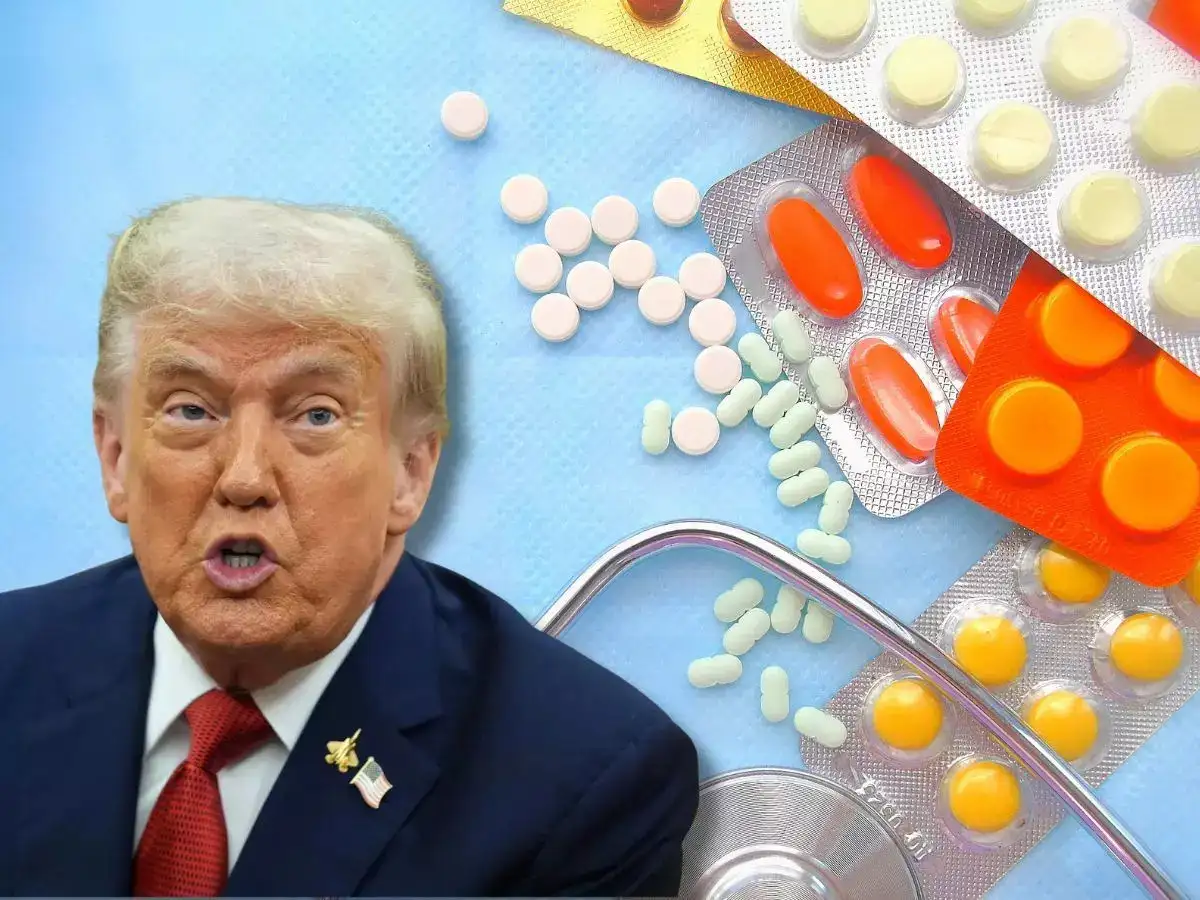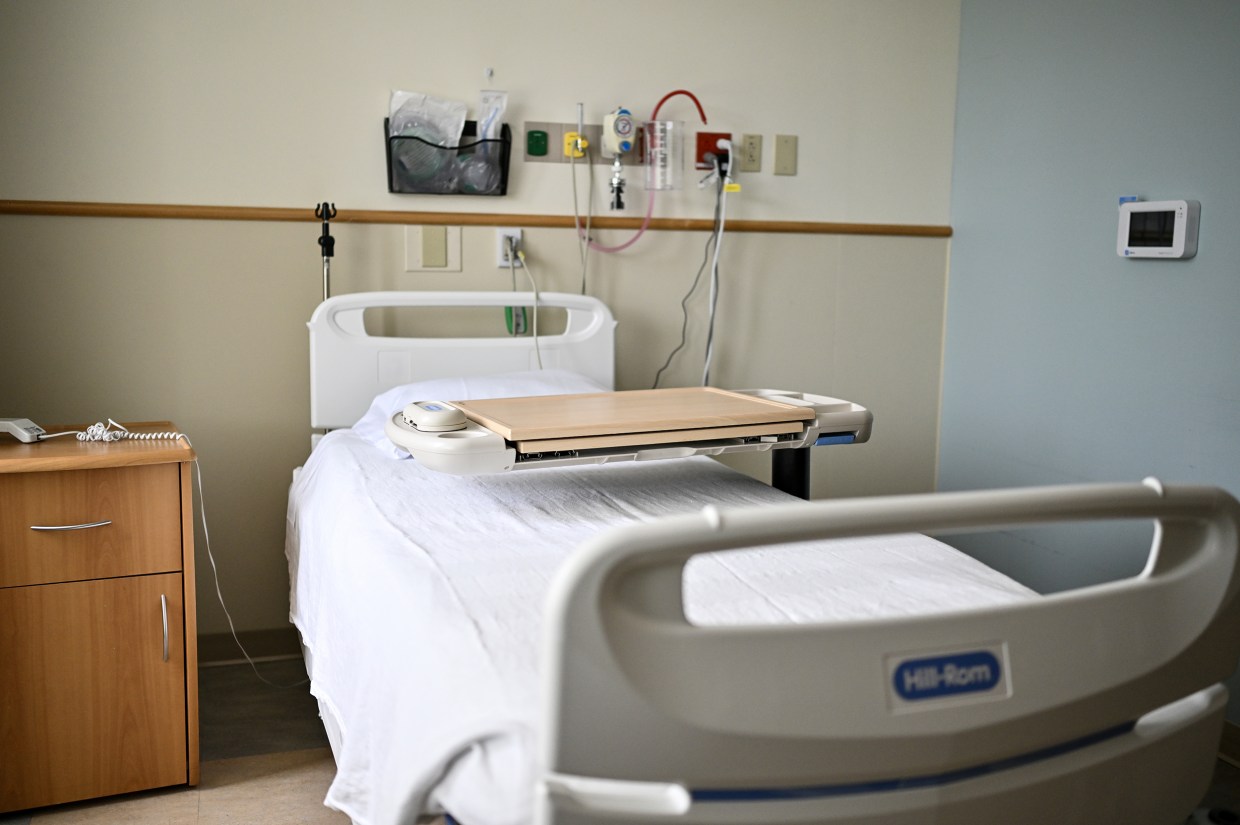The debate over potential pharmaceutical tariffs has sparked concern among patients and health experts, as questions rise about whether new trade policies could make essential medicines more expensive.
The possibility of new tariffs on pharmaceuticals has ignited widespread discussion within the healthcare sector and beyond. Economic analysts, patient advocacy groups, and industry representatives are carefully evaluating how such measures could affect consumers already grappling with rising healthcare costs. While the intention behind imposing tariffs is often linked to boosting domestic production and reshaping global trade dynamics, the impact on drug pricing remains a contentious issue. If enacted, these tariffs could increase the price of certain medications, but carefully structured exemptions may provide a degree of relief for both patients and providers.
Potential consequences for drug affordability
Prescription drug prices in the United States have been a long-standing concern, with many patients struggling to afford life-saving treatments. Introducing tariffs on imported pharmaceuticals could further complicate this landscape, especially if applied broadly across categories of medications that are heavily relied upon. For individuals with chronic conditions requiring daily treatments, even a modest increase in cost could significantly affect household budgets and adherence to medical regimens.
Economists specializing in healthcare caution that tariffs might end up being borne by consumers since pharmaceutical firms encountering increased import expenses could likely modify their pricing models. Insurers might pass these additional costs onto patients by raising premiums or co-payment amounts. This results in a chain reaction, leading to not just higher costs for medications, but also making overall healthcare expenditures more challenging for households.
Nevertheless, the scenario has layers of complexity. Authorities have pointed out that exceptions might be considered for vital medications, generic pharmaceuticals, or indispensable resources where hikes in expenses could cause disproportionate harm. These exceptions might alleviate some of the pressing issues and avoid a broad disturbance in the availability of cost-effective healthcare.
Trade policy, supply chains, and domestic production
One of the central arguments for introducing pharmaceutical tariffs is to reduce reliance on foreign manufacturing, particularly in regions where geopolitical tensions or supply chain disruptions have raised vulnerabilities. The COVID-19 pandemic highlighted the fragility of global supply networks, with shortages in active pharmaceutical ingredients (APIs) and delays in shipping leading to bottlenecks in medication availability.
Advocates for tariffs claim that implementing these actions might promote local manufacturing, enhancing robustness within the pharmaceutical industry and providing stronger oversight of essential medication supplies. They believe that temporary changes in prices could be a justifiable compromise for achieving lasting security and independence. According to this perspective, tariffs serve as a strategy to safeguard national interests and boost investment in domestic production facilities.
Critics, however, caution that building robust domestic capacity is not a quick process. Transitioning production from overseas to U.S. facilities requires significant investment, regulatory approvals, and workforce development, which could take years to achieve. In the meantime, patients could bear the brunt of higher costs without immediately reaping the benefits of greater domestic availability. This tension underscores the delicate balance between economic strategy and public health outcomes.
Exemptions and policy considerations
Exemptions play a crucial role in shaping how impactful tariffs may ultimately be. If structured thoughtfully, they can protect the most vulnerable patients while still advancing broader policy objectives. For example, exempting essential drugs for chronic illnesses such as diabetes, cancer, or heart disease could shield millions of Americans from sudden financial strain. Similarly, ensuring that generic drugs remain tariff-free would help preserve one of the most accessible and cost-effective options in the market.
Policy experts note that exemptions could also extend to drugs with no viable domestic alternatives, recognizing that imposing tariffs on such products would not foster competition but instead create scarcity. By applying tariffs selectively and strategically, it is possible to pursue economic goals without undermining public health priorities.
The challenge lies in defining clear guidelines for which medications and products qualify for exemptions. Transparency in this process will be critical to maintaining trust and avoiding accusations of favoritism or inefficiency. Furthermore, exemptions must be regularly reviewed and updated to reflect changes in the pharmaceutical landscape, ensuring that protections remain relevant and effective over time.
What it means for patients and the healthcare system
For individuals receiving medical care, the primary worry is cost. Any strategy that could lead to increased medication prices captures the interest of those who are already making tough decisions between buying their medications and handling other necessary costs. Support organizations emphasize that ensuring access should continue to be the main focus in any discussions related to trade or economic policies.
Healthcare institutions are also concerned about the implications. Increasing medication costs may result in patients being less compliant, leading to worse health results and a higher need for urgent medical services. Consequently, this adds more pressure on hospitals, medical practices, and the wider healthcare system. Should exemptions effectively mitigate the detrimental impacts of tariffs, they might help maintain care consistency and avert these compounding issues.
From a wider perspective, the discussion highlights a persistent challenge in U.S. policy: balancing self-sufficiency in the economy with the necessity of accessible healthcare. While achieving local manufacturing and minimizing dependence on external supply networks are crucial, they need to be considered alongside the moral obligation to prevent patients from being unfairly impacted by financial policies.
The discussion concerning pharmaceutical tariffs brings to light the intricate intersection of trade, healthcare, and public policy. The choices made in this field will affect drug costs and will also influence the future of pharmaceutical innovation, supply chain stability, and patient health. As policymakers persist in adjusting proposals, the significance of exemptions will be crucial in deciding if tariffs serve as a means of economic resilience or a financial burden for millions of Americans.
The outcome will hinge on striking a balance between promoting domestic industry and protecting public health. For patients and providers alike, the hope is that policy decisions will prioritize accessibility and fairness, ensuring that any economic strategy does not come at the expense of the very people it is intended to serve.



:strip_icc()/GettyImages-1285710682-b0236f4671d1428fa53fd5be8a37c521.jpg)

